In the Guardian article “Geffrye to reopen as Museum of the Home after £18m overhaul” the paper makes a reference to the fact that the museum was named after Robert Geffrye. However when describing his activities in the 2019 article, the editorial team referred to Geffrye as a “wealthy merchant and ironmonger and former lord mayor of London who paid for the almshouses to be built”. This is problematic, for while this is true, what this description by art correspondent Mark Brown omits is the fact that Geffrye made his wealth through Maafa, the profiteering of the trafficking of enslaved Africans and subsequent acts of colonialism through his involvement with the East India Company and the Royal African Company.
The enslavement of African people was a crime against humanity and is an issue currently subject to much public scrutiny following the global Black Lives Matter protests addressing issues of structural racism, Afriphobia and state sanctioned violence against innocent people. The Museum of the Home which occupies Grade I-listed 18th-century almshouses in east London, is one of several cultural symbols across the UK’s public realm which were founded on the proceeds of this crime and various atrocities carried out in the name of British Empire.
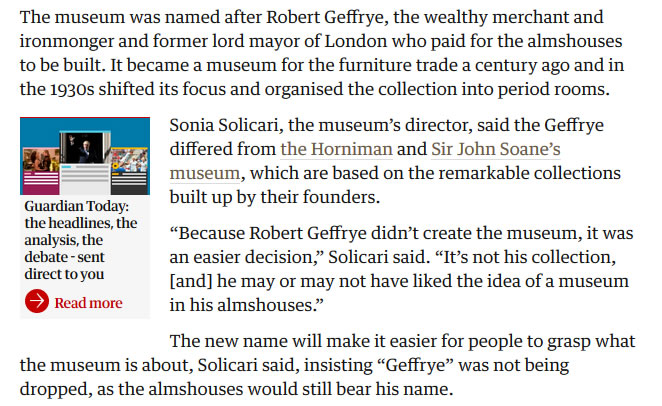
Toyin Agbetu of Ligali said “As an organisation we consider this form of omission a form of epistemological violence, or to borrow a popular phrase - white silence as violence. The Guardian needs to correct the article ensuring at the very least it accurately reflects the position on Geffrye, it should also include an explainer as to why the omission took place in the first place, it certainly was not an accident.”
The Museum is expected to announce whether it will be removing the controversial of Geffrye that stands above its entrance. Sonia Solicari, the museum's director said: "We know that for many the statue of Robert Geffrye on our building represents abuse, oppression and the history of thousands of enslaved people torn from their homes and families and forced to work in appalling conditions."
The Guardian alongside the UK government and many local authorities have failed to implement a programme of activities designed to deliver recognition, justice and development for people of African heritage following the United Nations resolution (68/237) calling on member states to acknowledge 2015-2024 as the International Decade for People of African Descent.
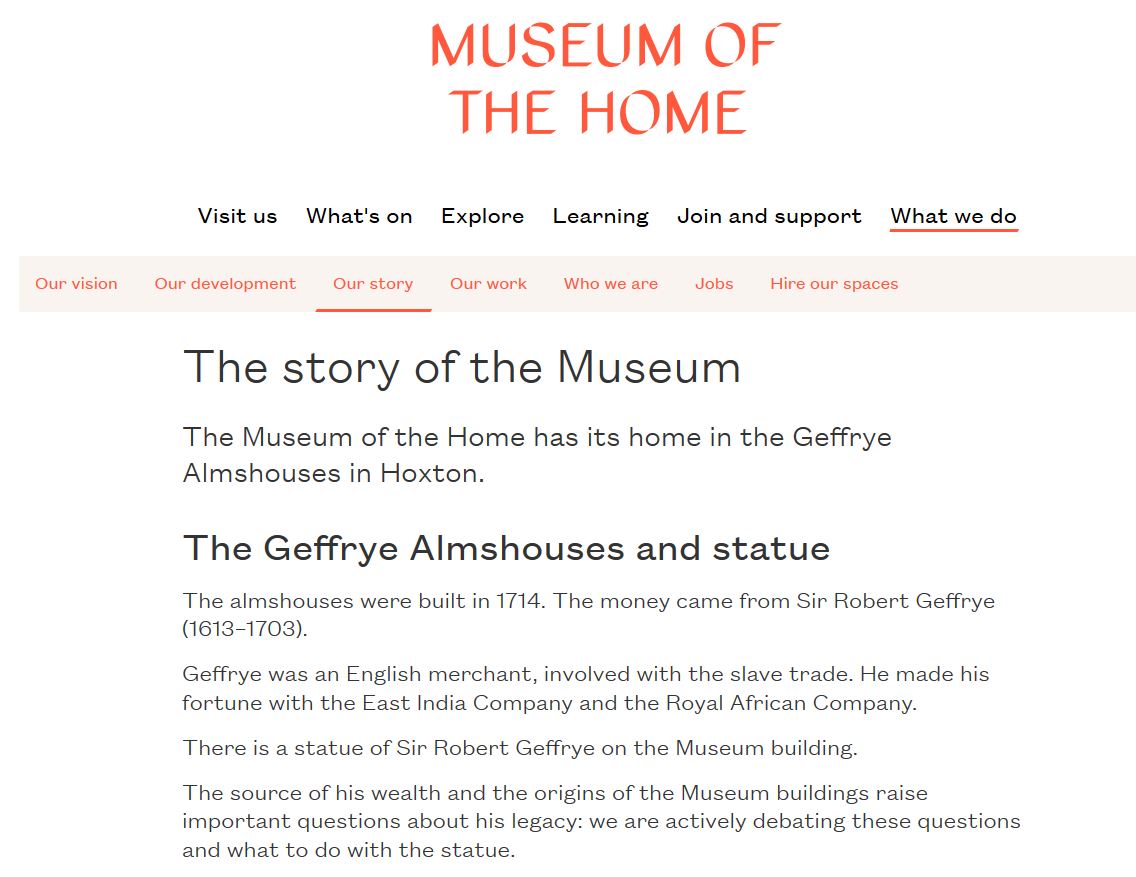
External Links
Geffrye to reopen as Museum of the Home after £18m overhaulThe story of the MuseumMuseum of the Home launches public consultation on future of Sir Robert Geffrye statueUN - The International Decade for People of African Descent
The enslavement of African people was a crime against humanity and is an issue currently subject to much public scrutiny following the global Black Lives Matter protests addressing issues of structural racism, Afriphobia and state sanctioned violence against innocent people. The Museum of the Home which occupies Grade I-listed 18th-century almshouses in east London, is one of several cultural symbols across the UK’s public realm which were founded on the proceeds of this crime and various atrocities carried out in the name of British Empire.

Guardian article deliberately hides slaver roots of Robert Geffrye
White silence is violence
Toyin Agbetu of Ligali said “As an organisation we consider this form of omission a form of epistemological violence, or to borrow a popular phrase - white silence as violence. The Guardian needs to correct the article ensuring at the very least it accurately reflects the position on Geffrye, it should also include an explainer as to why the omission took place in the first place, it certainly was not an accident.”The Museum is expected to announce whether it will be removing the controversial of Geffrye that stands above its entrance. Sonia Solicari, the museum's director said: "We know that for many the statue of Robert Geffrye on our building represents abuse, oppression and the history of thousands of enslaved people torn from their homes and families and forced to work in appalling conditions."
The Guardian alongside the UK government and many local authorities have failed to implement a programme of activities designed to deliver recognition, justice and development for people of African heritage following the United Nations resolution (68/237) calling on member states to acknowledge 2015-2024 as the International Decade for People of African Descent.

Museum of the Home comes clean on website
External Links
Geffrye to reopen as Museum of the Home after £18m overhaulThe story of the MuseumMuseum of the Home launches public consultation on future of Sir Robert Geffrye statueUN - The International Decade for People of African Descent
Ligali is not responsible for the content of third party sites
Speak Out!
Click here to speak out and share your perspective on this article.See Related:
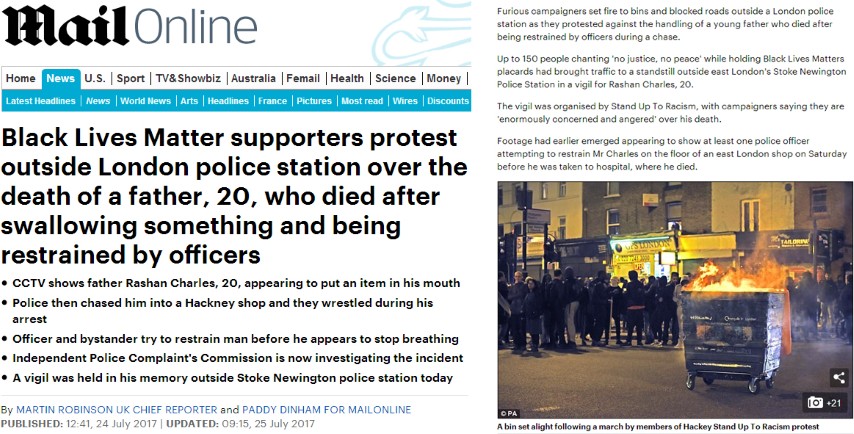
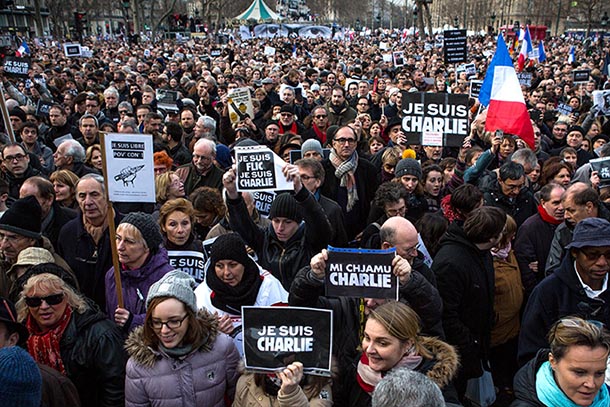

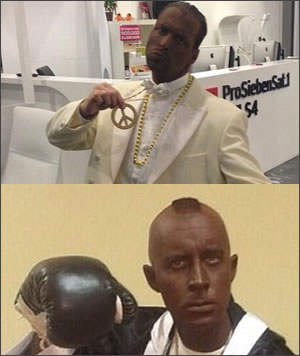

Get involved and help change our world